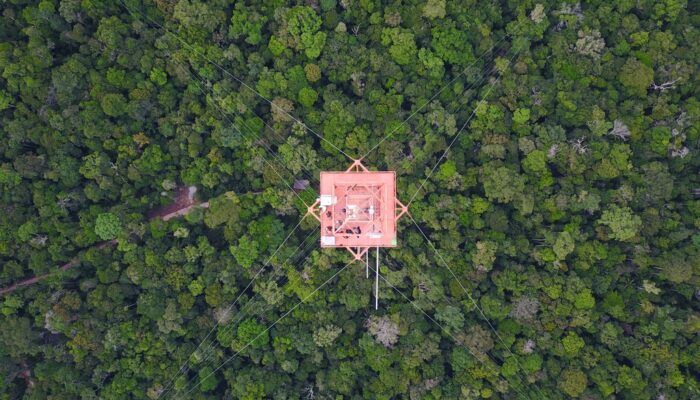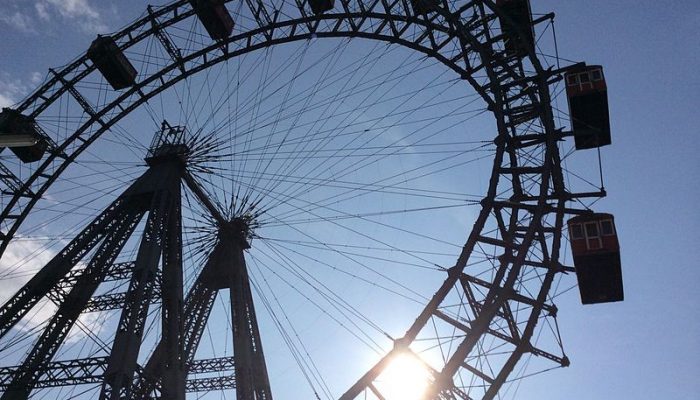We tend to think of glaciers as spotless pristine settings. But “if plastic is everywhere, why not on the surface of glaciers?” This occurred to Roberto Sergio Azzoni, a professor of environmental science and policy at the University of Milan in Italy, who decided to find the answer to this question for himself. At the European Geosciences Union General Assembly in Vienna, Azzoni and his team pres ...[Read More]
First evidence of microplastics on mountain glaciers



